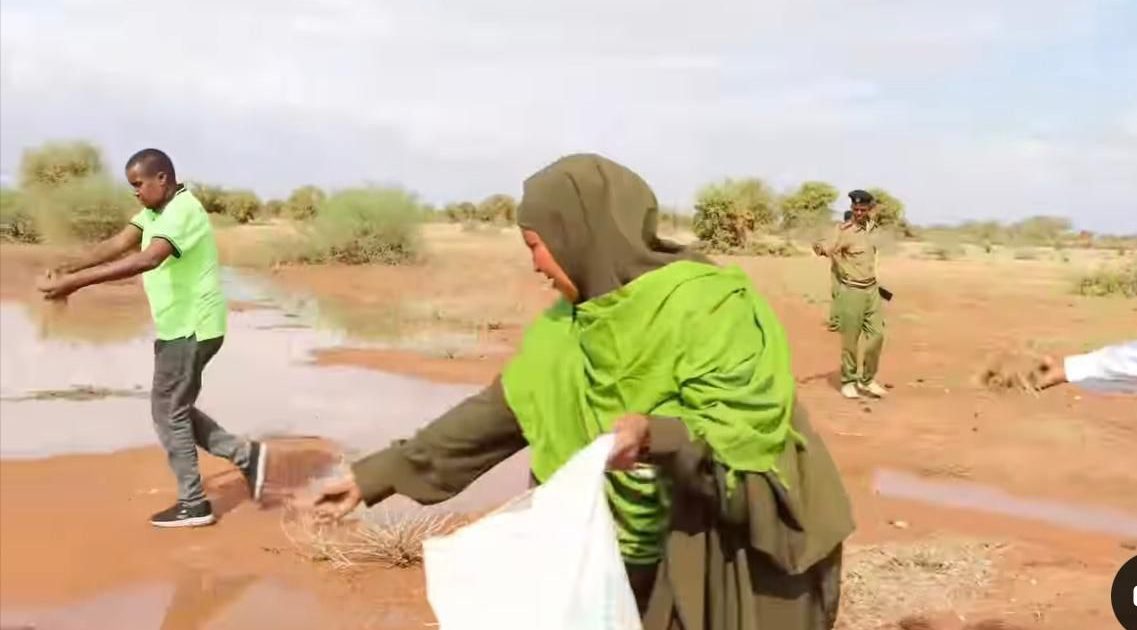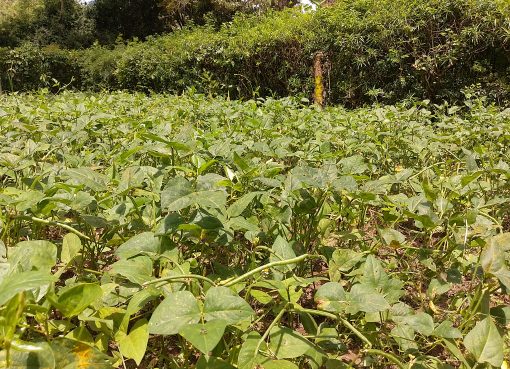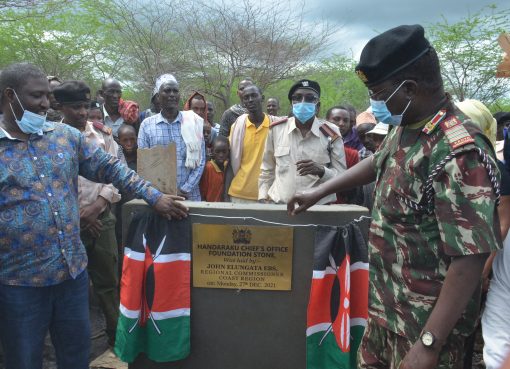Wajir County pastoralist communities have embarked on a rain-fed rangeland reseeding initiative aimed at replenishing depleted soil seed banks and promoting forage for their livestock.
Speaking during the launch in Wagalla Ward, County Administrator Abbey Yussuf emphasized the importance of the initiative in restoring pasture lands to support livestock-dependent livelihoods.
“Today, we have mobilized the communities in Wagalla and Qanyurey, and we are extending the reseeding initiative to other villages facing challenges with depleted natural pastures,” Yussuf stated.
“The community is eager to participate since livestock keeping has been their traditional livelihood,” he added.
The reseeding programme relies on indigenous grass seeds familiar to the local pastoralist communities, ensuring ecological suitability and sustainability.
However, Yussuf noted the insufficiency of the seeds provided, given the overwhelming demand from communities across the region.
He called on the government and non-governmental organizations to step in and provide additional resources to expand the initiative.
Noor Ahmed, a member of the rangeland management committee in Qanyurey, lauded the programme, expressing hope that it would mitigate the challenges caused by the prolonged drought that had weakened livestock.
“We have received grass seeds from Mercy Corps, and with the rains beginning last week, we realized this is the best time to reseed our depleted pasture lands,” Ahmed said.
He also noted that the community had been sensitized about the project, spurred by climate change’s ongoing impact on natural resources.
Khadija Ali, a mobilizer in the reseeding exercise, highlighted the urgent need to address the declining state of grazing lands.
“Due to increasing population, frequent droughts, and overgrazing, there has been a significant reduction in grazing areas. The natural grass that used to grow abundantly during rainfall has drastically declined over the past five to six years,” she remarked.
By Hamdi Buthul





